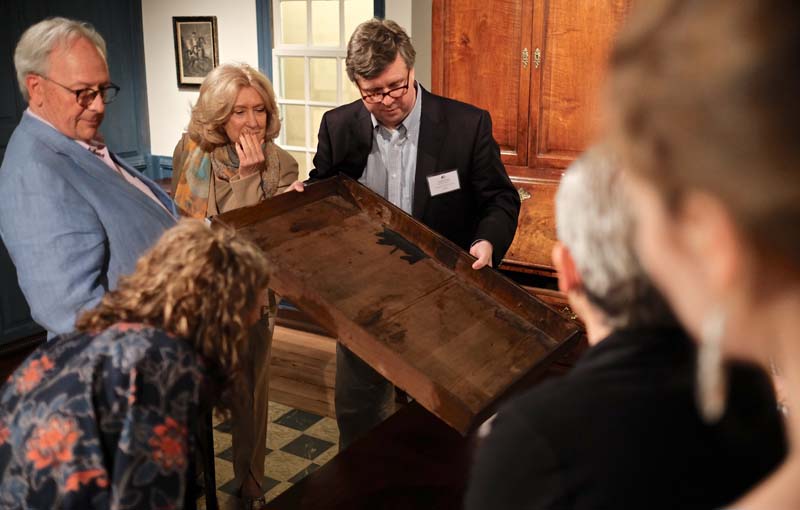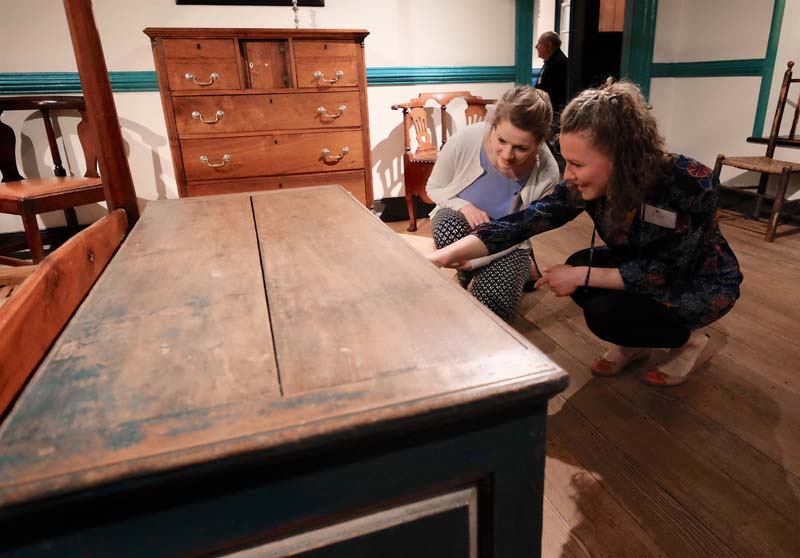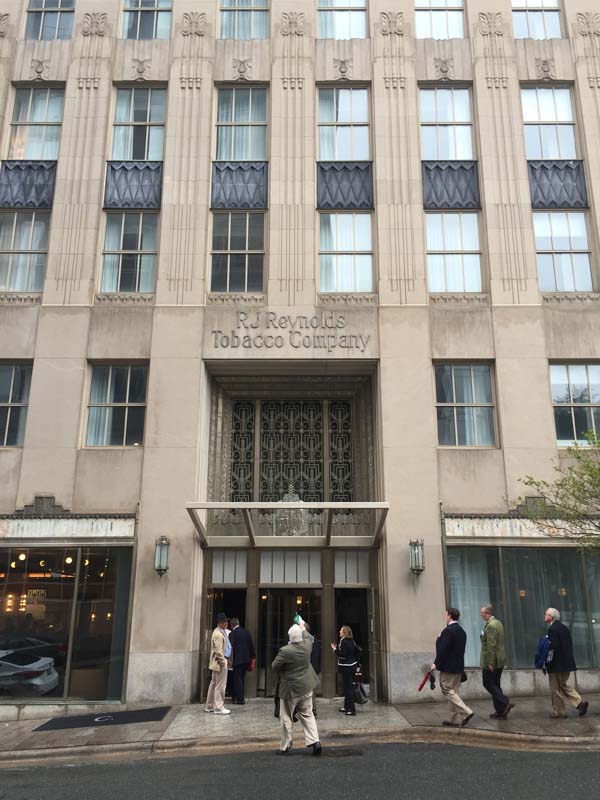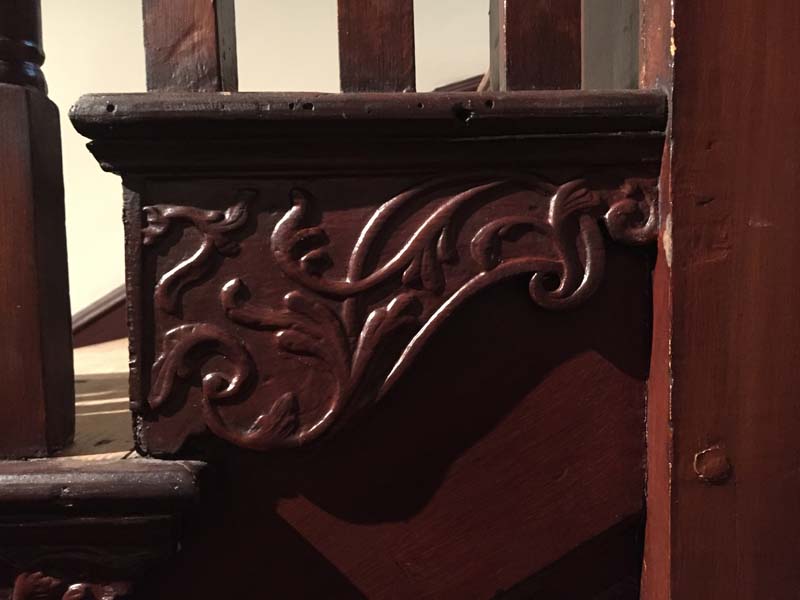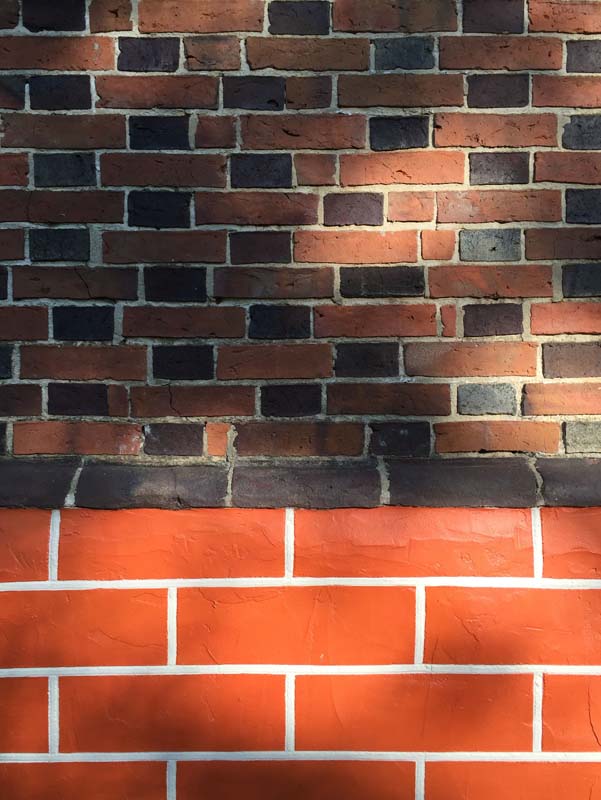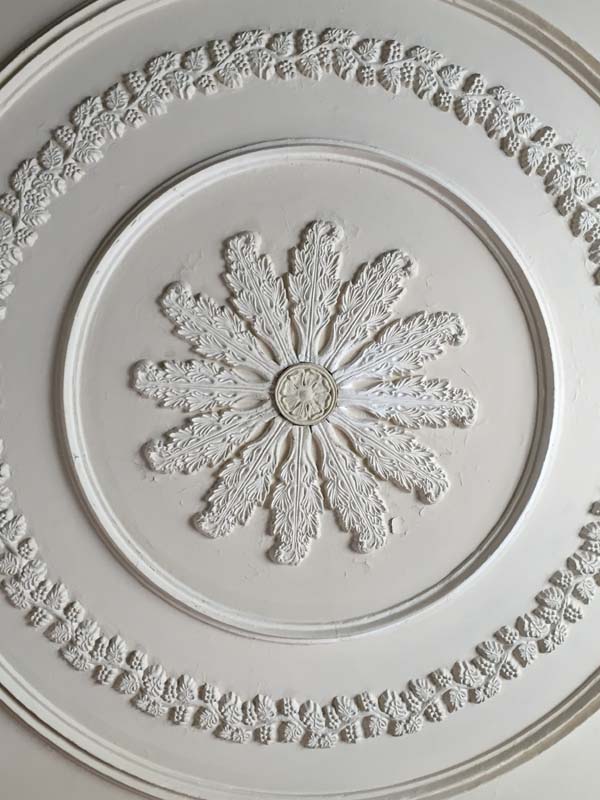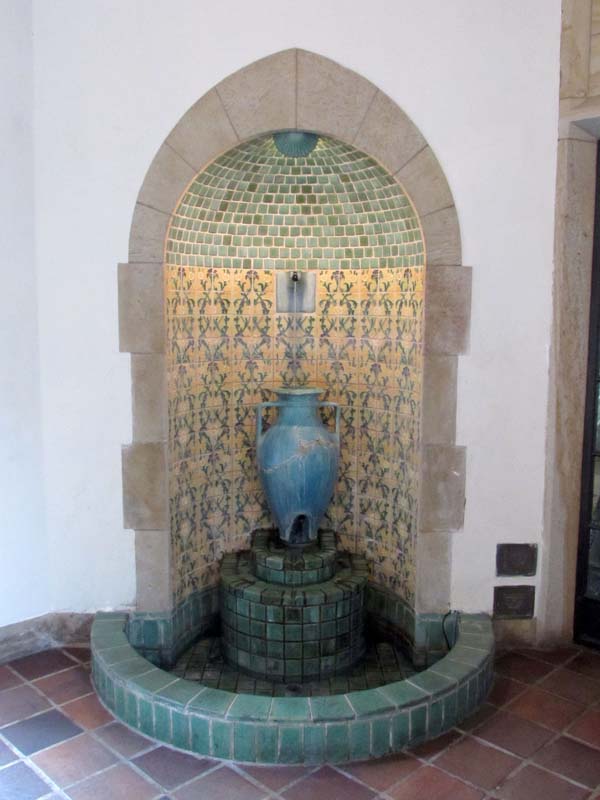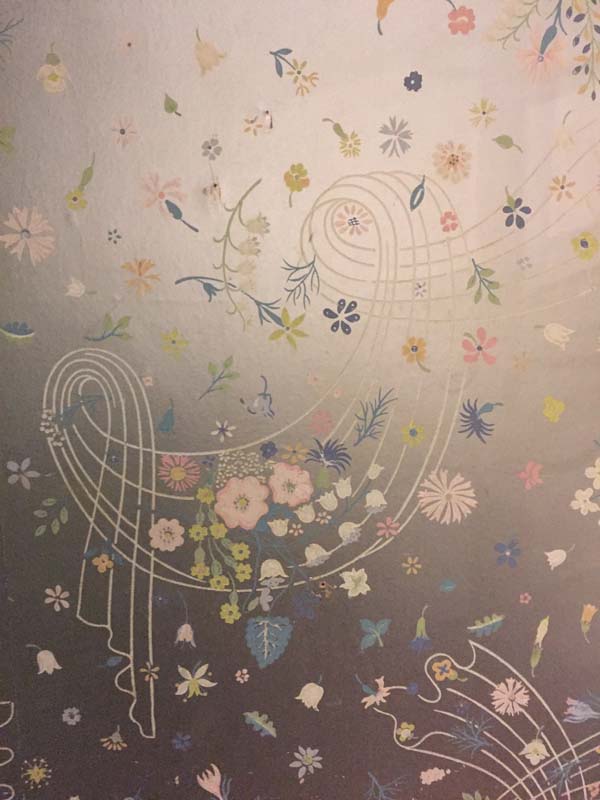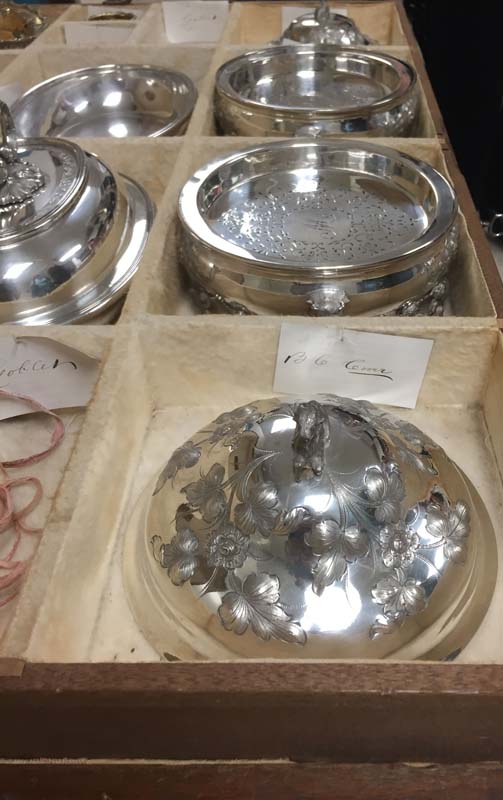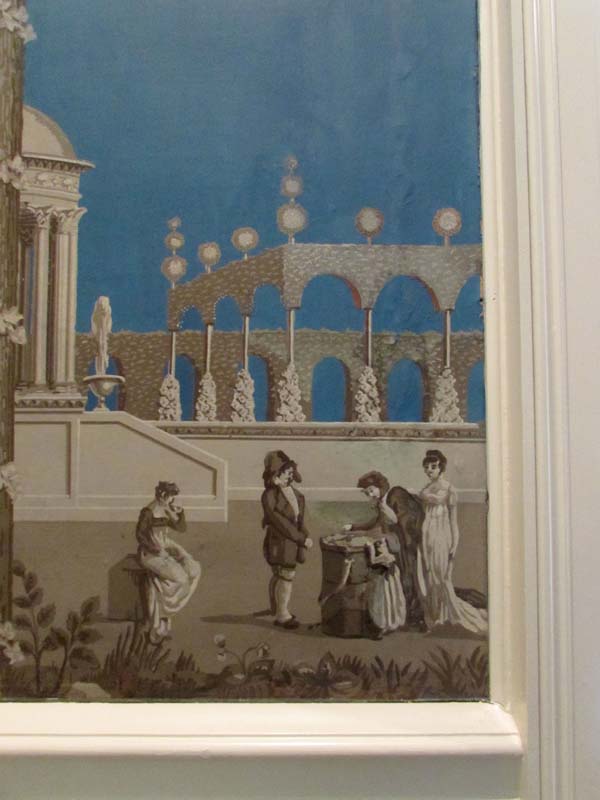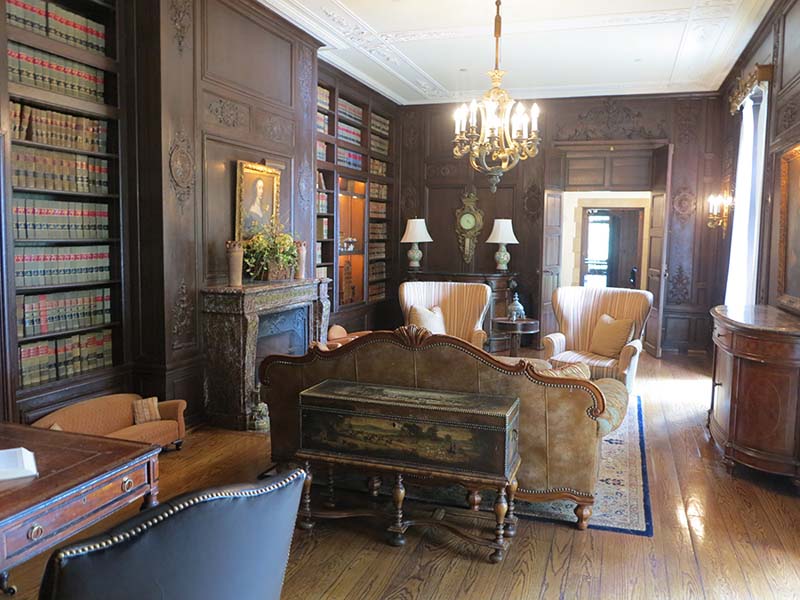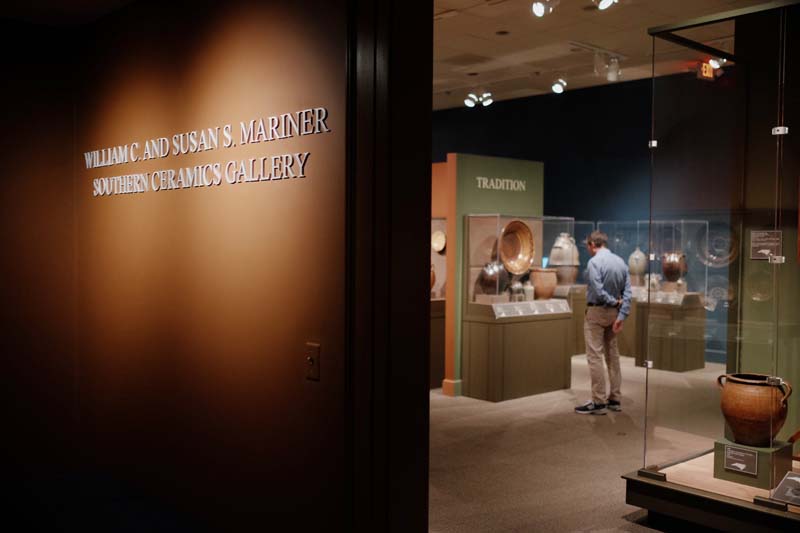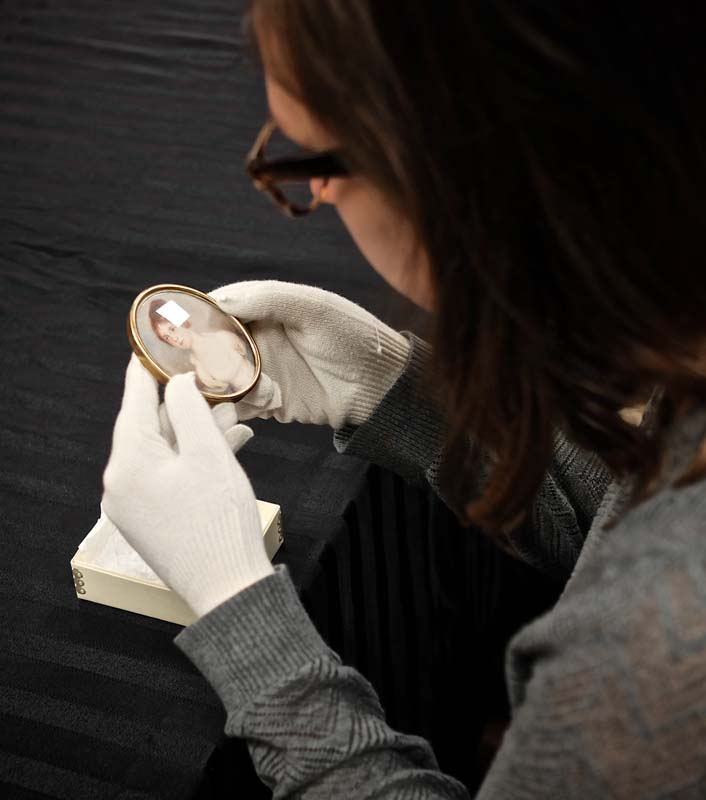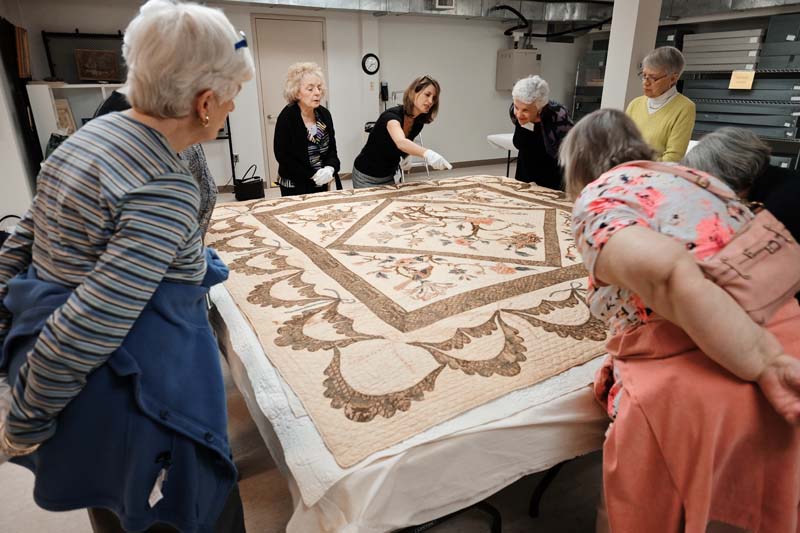Winston-Salem’s Culture of Excellence in the Arts
EVENTS > SYMPOSIA
In Review: The Decorative Arts Trust Spring Symposium, 2016
With a wealth of history dating back to the 18th century, when Moravian settlements in the Wachovia Tract and communities of Quaker and Scotch-Irish immigrants first appeared, Winston-Salem and the surrounding Piedmont offer lovers of decorative arts, design, and history an impressive breadth of attractions. Although varied in terms of venues, time periods, and collections, the institutions we visited during the Spring 2016 Symposium were united by a common trait: whether treating masterpieces in the collection of the Museum of Early Southern Decorative Arts or the fine arts displayed at Reynolda House, these organizations successfully blaze new trails in scholarship, display, and interpretation.
Since its inception in 1965, the Museum of Early Southern Decorative Arts (MESDA) has stood at the forefront of research in its field. The museum sponsored the first scholarly attention to the region’s early material history with the contributions of a heralded field research program pioneered by the museum’s founder, Frank L. Horton. After 50 years, however, any museum could use a few updates. In preparation for their milestone anniversary, MESDA took a hard look at its facilities and programming to see where improvements could be made.
Vice President of Collections and Chief Curator Robert Leath mentioned many of these enhancements in the symposium’s opening lecture, 50 Years of MESDA: A Colorful Past, A Bright Future. Exhibition spaces were formerly arranged entirely as period rooms on the model popularized by the Metropolitan Museum of Art and Winterthur. Now, iconic pieces from the collection take center stage on low pedestals, allowing visitors to examine them in the round, a connoisseurial opportunity usually reserved for museum professionals in study rooms. Established public programs were reconsidered as well, and now two self-guided masterworks galleries greet visitors at the front of the museum center, both named for MESDA benefactors who are also new members of the Trust: the Carolyn and Mike McNamara Southern Masterworks Gallery; and the William C. and Susan S. Mariner Southern Ceramics Gallery. We were honored to have the Mariners present during the symposium.
Trust members received an intimate viewing of the new spaces at MESDA through an afternoon of in-depth, full-access tours that were the highlight of the program. Participants selected from focused walks through the museum collections with some availing themselves of introductions to the research center, library, and Old Salem as well. Each session offered a chance to see remarkable objects, interiors, and resources and examine them through critical and up-close observation. The insight of our guides and the quality of the collections rendered these special tours far superior to a casual museum visit.
MESDA’s commitment to new methods of interpretation extends to the future generations as well. The museum’s Summer Institute—fondly called “summer bootcamp” by alumni—has long been a vital training ground for decorative arts professionals. The Trust underwrites an annual scholarship for an emerging scholar to attend Summer Institute, and we received a small taste of the experience through lectures by three alumnae who discussed their research projects, and how the intensive program has shaped their subsequent careers. MESDA is also heavily invested in sharing its resources with as broad a community of scholars and historians as possible through digital portals that provide access to the collections in the museum and research center.
The cultural scene in Winston-Salem extends beyond MESDA and Old Salem, of course. We visited institutions focusing on 19th-, 20th-, and 21st-century art that are equally committed to new ways of engaging audiences. The Reynolda House Museum of American Art was our home base for these expeditions. Built by Katherine Reynolds as a family home and seat of her considerable business operations, the house opened as a museum of American art in 1967. Reynolda has always integrated the historic house and fine arts components of its collection, playing the history embodied in the paintings against the early-20th-century interiors. The quality of the fine art collection mandates that highlights are frequently out on loan to major exhibitions, necessitating a rotation of paintings through the interiors that shakes up the normal stasis of such spaces.
Following the museum’s formal merger with Wake Forest University in 2002, Reynolda underwent something of a renaissance. A new gallery wing accommodates special exhibits, while the interiors of the house proper were restored as closely as possible to their 1917 appearance under the expert leadership of former director Barbara Babcock Millhouse, the granddaughter of Katherine Reynolds. During her lecture the Trust, Millhouse lamented that early-20th-century decorative arts and interiors have not been the subject of much serious scholarship. The Reynolda interiors serve as a vital record for future research into the period.
Like Reynolda, the three other early 20th century houses visited by the Trust have undergone transformations and serve new roles in the community. Bowman Gray Jr.’s Graylyn (1932) is now a hotel and conference center affiliated with Wake Forest University, while the Ralph and DeWitt Hanes House (1932) serves as the residence of the University’s president. The Jim and Molly Hanes House (1929) is the gateway to a the SECCA,, focusing on contemporary art. In all four examples, the tremendous wealth garnered through local tobacco, textile, and banking interests led to the creation of these important structures. These new uses have not erased the house’s important history. Original features and elements of period décor have been preserved as testaments to the buildings’ former lives, often with the financial support of Reynolds, Hanes, and Gray descendants.
The strong showing from the cultural community of Winston-Salem was not just an enjoyable experience for the Trust but also an encouragement to those who wonder about the future of the museum field. There will always be challenges endemic to this sector, but the institutions we visited have developed new methods of attracting and engaging audiences and continue to draw significant support from the local community. We have no doubt that further exciting developments await these dynamic organizations.

